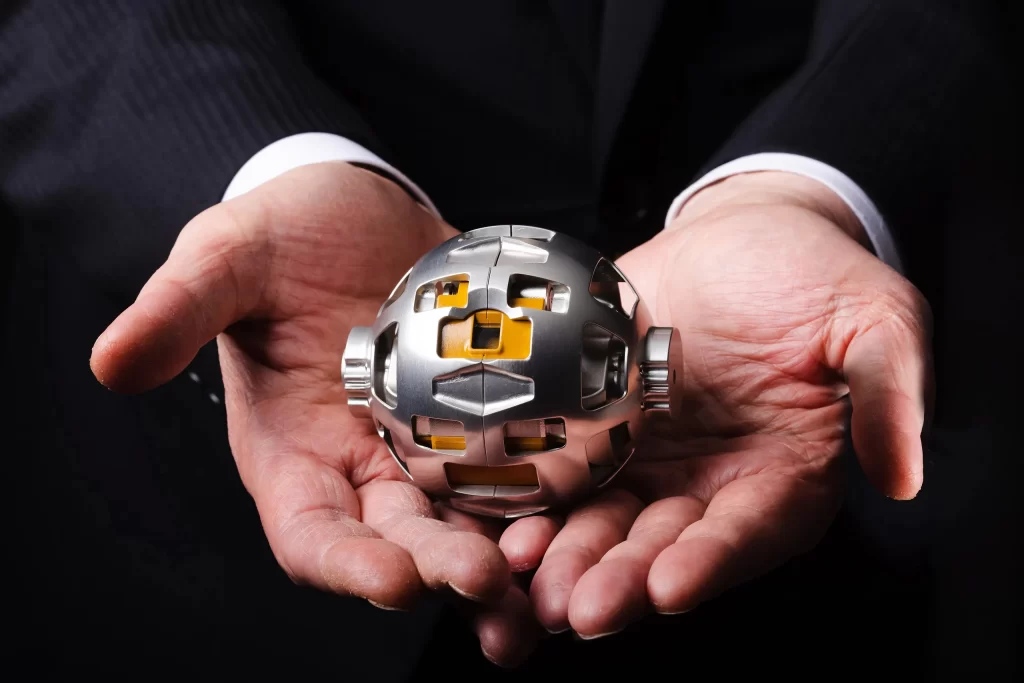In a groundbreaking development, a Japanese toymaker has ventured into space exploration with the deployment of a rolling robot on the moon. This innovative venture involves the use of a unique technical solution aimed at collecting vital environmental data and conducting atmospheric surveys. Engineers have unveiled a remarkable lightweight robotic device with the ability to glide through the lunar atmosphere without relying on conventional batteries.
These cutting-edge creations, known as “microfliers,” boast an ingenious origami-inspired design that sets them apart. When released from drones, these microfliers gracefully ascend to an altitude of approximately 131 feet above the lunar surface. Remarkably, they weigh a mere 400 milligrams, making them half the weight of a typical nail.
The primary components of these lunar microfliers include a battery-free actuator, a solar power-harvesting system, and a controller responsible for initiating shape alterations during flight. These solar-powered marvels dynamically change shape in flight, mimicking the flight patterns of various leaves. Vikram Iyer, co-senior author from the University of Washington, explains, “Using origami opens up a new design space for microfliers. We combine the Miura-ori fold [origami], which is inspired by geometric patterns found in leaves, with power harvesting and tiny actuators to allow our fliers to mimic the flight of different leaf types in mid-air.”
The ability to change shape during flight enhances these microfliers’ capacity to gather crucial data about the moon’s environment. Equipped with advanced Bluetooth functionality, they swiftly transmit atmospheric information, including air temperature and pressure. These remarkable devices can travel impressive distances under favorable conditions, covering areas similar in size to a football field.
To demonstrate the capabilities of these lunar microfliers, the engineering team employed drones to release them from an altitude of approximately 40 meters above the lunar surface. During outdoor testing, the microfliers demonstrated their ability to travel up to 98 meters after undergoing dynamic shape changes upon release. They successfully transmitted data to Bluetooth receivers positioned as far as 60 meters away.
Future versions of these microfliers already have upgrades in mind, according to researchers. These improvements include the devices’ dual-direction transition capabilities, which guarantee more accurate landings even in choppy lunar conditions. The microfliers will also be fitted with tiny sensors to gather information on the environment’s many aspects, such as temperature, humidity, and air quality.
This ground-breaking technology holds the potential to revolutionize environmental research and space exploration. They provide priceless insights into the intricacies of the lunar atmosphere as tiny drones outfitted with various sensors and tools continue to develop. By altering our understanding of the moon’s environment and beyond, the deployment of these robotic marvels demonstrates the impressive advancements in sensor technology and autonomous navigation.

